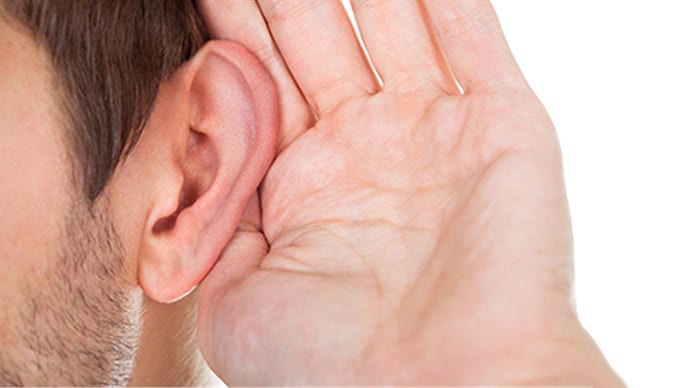Five percent of the world’s population suffers from hearing loss caused by overexposure to loud noises, infections, aging and genetic predispositions. Tragically, there is no known cure yet that fully restores lost hearing. Patients use hearing aids, cochlear implants and other hearing devices to manage their condition.
What Causes Hearing Loss?
Hearing loss is mainly caused by the loss of hair cells – tiny sound-sensing cells – found in the inner ear. Once these tiny cells die, they cannot regenerate on their own. This explains the permanency of hearing loss.
In a bid to reassure patients suffering from hearing loss, researchers at the Massachusetts Eye and Ear Infirmary sought to study ways of regenerating hair cells using stem cells. In 2013, they were successful in regenerating hair cells and restoring partial hearing in mice.
In the study published in the Cell Reports, the scientists used an epithelial stem cell marker (LGR5) to differentiate into hair cells. They obtained 11,500 hair cells form a single mouse cochlea. In previous experiments, they had been unable to generate more than 200 hair cells. However, even the newly generated cells were still not enough to fully restore hearing in the mice.
The study’s lead researcher, Dr Albert Edge said this about the study: “We have shown that we can expand Lgr5-expressing cells to differentiate into hair cells in high yield, which opens the door for drug discovery for hearing. We hope that by stimulating these cells to divide and differentiate that we will improve on our previous results in restoring hearing. With this knowledge, we can make better shots on goal, which is critical for repairing damaged ears. We have identified the cells of interest and have identified the pathways and drugs to target to improve on previous results. These clues may lead us closer to finding drugs that could treat hearing loss in adults.”
A previous study by the same institution showed that the inner ear contained stem cells that could be differentiated into hair cells in the lab. These particular cells contained the protein Lgr5; also found in the intestinal stem cells of adult humans. The stem cells regenerate rapidly to form a new intestinal lining every 8 days. This regenerative property spurred the researchers to study their potential use in hair cell regeneration in the ear.
Hearing Loss Study Results
The scientists turned the Lgr5+ cells found in mice into new hair cells by responding to a series of signals known as the Wnt pathway. They extracted the Lgr5+ cells from the inner ears of mice, placed them in a dish and used a combination of drugs and growth factors to multiply them. The new Lgr5+ cells were treated to a second drug cocktail that regenerated them into large populations of hair cells.
These results have helped the scientists identify a useful combination of drugs for first expanding Lgr5+ cells in the inner ear and converting them into hair cells. This provides a source of hope for the development of better therapies in the future to restore hearing to those with acquired forms of deafness.
H/T: CIRM




 English
English